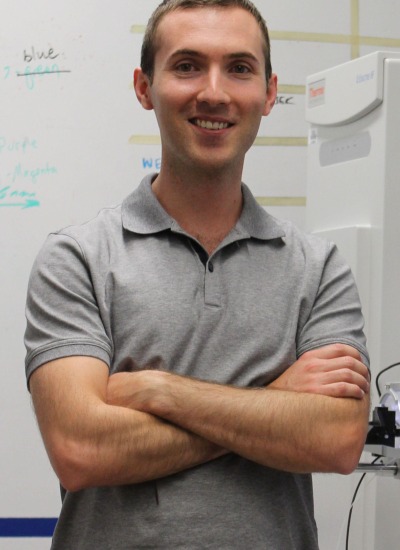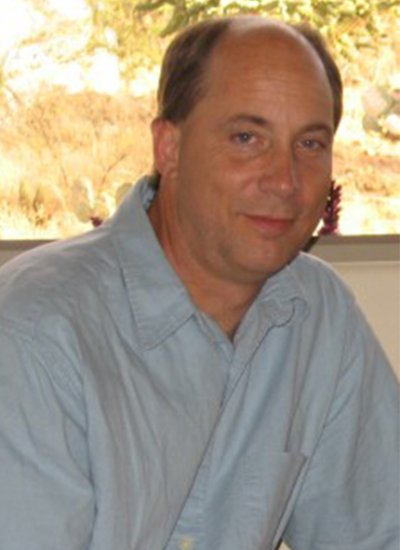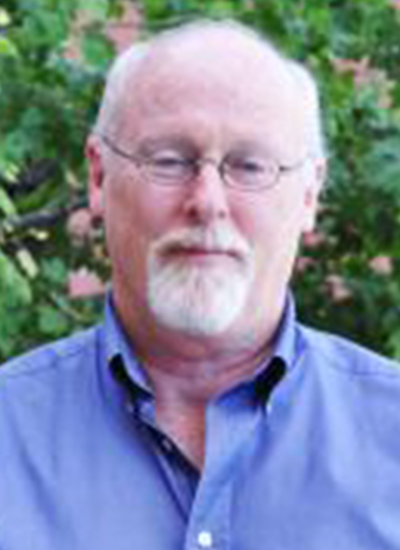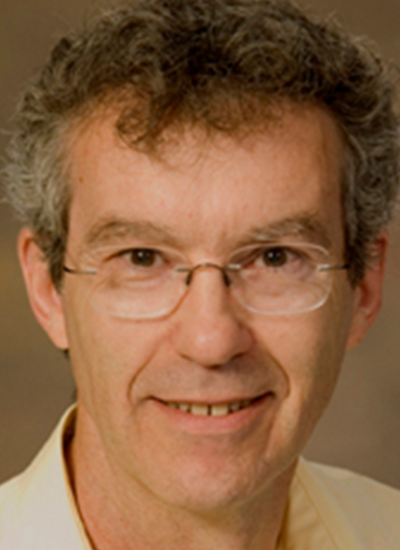Cell biology
Robin Polt
Research Interest
Michael T Marty
Work Summary
The Marty Lab uses mass spectrometry to study interactions of membrane proteins, peptides, and lipids within nanoscale membrane mimetics.
Research Interest
Ronald M Lynch
Work Summary
Precise diagnosis and treatment of disease requires an ability to target agents to specific tissues and cell types within those tissues. We are developing agents that exhibit cell type specificity for these purposes.
Research Interest
Xianchun Li
Work Summary
Xianchun Li's research aims to use genetics to shed light on the defense signaling of plants and the counterdefense of herbivorous insects, which may result in the design of new insecticides for crops like corn, in defense against the corn earworm. Additionally, Dr. Li's research is to define, globally, the regulatory triangle between nuclear receptors (NRs), their ligands, and cytochrome P450s (P450s) in Drosophila melanogaster, and to investigate the molecular mechanisms of Bt and conventional insecticide resistance.
Research Interest
Julie Ledford
Work Summary
Julie Ledford's research focuses on respiratory disease, and genetic and molecular mechanisms of allergic airway diseases in children.
Research Interest
David T Harris
Work Summary
We are involved in banking clinical specimens obtained from various patients for use in biomarker discovery and clinical therapies. Clinical therapies may include regenerative medicine, transplant or gene therapy.
Research Interest
Carol C Gregorio
Work Summary
The research in my laboratory is focused on identifying the components and molecular mechanisms regulating actin architecture in cardiac and skeletal muscle during normal development and disease. Control of actin filament lengths and dynamics is important for cell motility and architecture and is regulated in part by capping proteins that block elongation and depolymerization at both the fast-growing (barbed) and slow-growing (pointed) ends of the filaments.
Research Interest
David W Galbraith
Work Summary
I examine the molecular functions of the different cells found in the tissues and organs of plants and animals and how they combine these functions to optimize the health and vigor of the organism.
Research Interest
Thomas C Doetschman
Work Summary
I am investigating a human connective tissue disorder in mice. I am also investigating the role of gut bacteria in colon cancer risk in both a mouse model of colon cancer and in humans with colon cancer.
Research Interest
Pagination
- Previous page
- Page 2
- Next page











